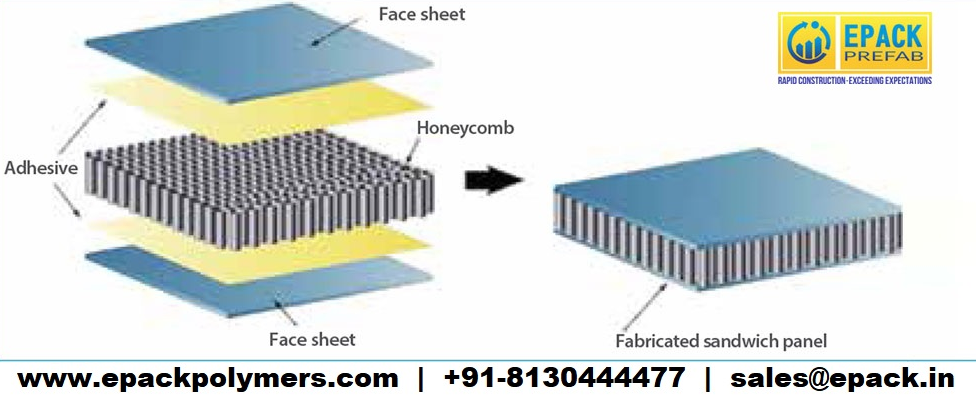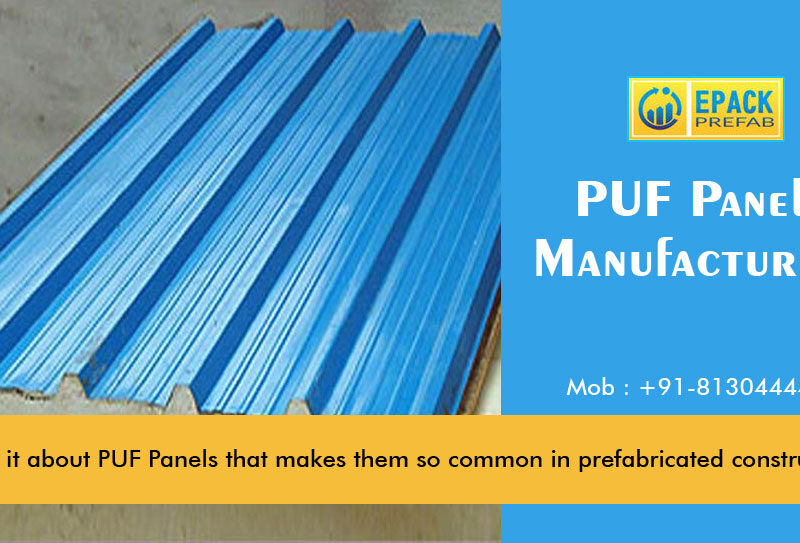An overview of the different types of sandwich panels
A modern option for both residential and industrial building projects, sandwich panels are composite components that can be utilized to construct floorings, wall surfaces, and also roofings. Likewise referred to as shielded panels, sandwich panels contain an insulation layer, referred to as the core, ‘sandwiched’ in between 2 structural layers. Although sandwich panels have actually been commercially preferred given that the 1970s for their premium thermal efficiency, energy performance, and durability as contrasted to standard wood-framed buildings, the idea behind insulated panels really dates as far back as the 1930s.
Thanks to improvements in construction materials, sandwich panels have actually come a long way from their early prototypes. Nowadays, these panels can be crafted to endure a selection of internal as well as external problems, that makes them a prominent selection for both interior and exterior usage- implying walls along with façades, ceilings as well as roof systems. Airtight sandwich panels are likewise an outstanding selection for building cold store units, which call for details interior climate conditions to safely store anything from foods to medicine. The performance of sandwich panels varies relying on the products made use of for its core as well as its outside layers, usually referred to as the sheathing.
Nowadays, one of the most popular materials for the core are broadened polystyrene (EPS), extruded polystyrene (XPS), polyisocyanurate (PIR), polyurethane (PUR), mineral woollen (MW). Although each material features its very own benefits and negative aspects, PIR as well as PUR cores are typically much more immune to water and fire than EPS or XPS cores, and also are extra durable than mineral wool or other materials. The boards on either side of the core additionally can be found in a selection of options, the most popular being sheet metal, aluminium, OSB, plywood, fibre concrete, or magnesium oxide (MgO). Right here, also, the option of material is necessary, as OSB, plywood, and composite structural house siding panels don’t use the same degree of fire efficiency, wetness and also mould ingress resistance, as well as resilience as do sandwich panels plated with sheet metal.
Regardless of the products utilized, one of the best benefits of sandwich panels is that they are much faster to install as contrasted to ‘built-up’ systems calling for several parts. Instead of calling for walls as well as roofing to be constructed detailed– a process which is prone to hold-ups as well as errors in construction– sandwich panels are factory pre-engineered to be single-component systems, calling for very little time and energy to be constructed. This, subsequently, translates to significant cost savings in work, time as well as product costs for home builders.




